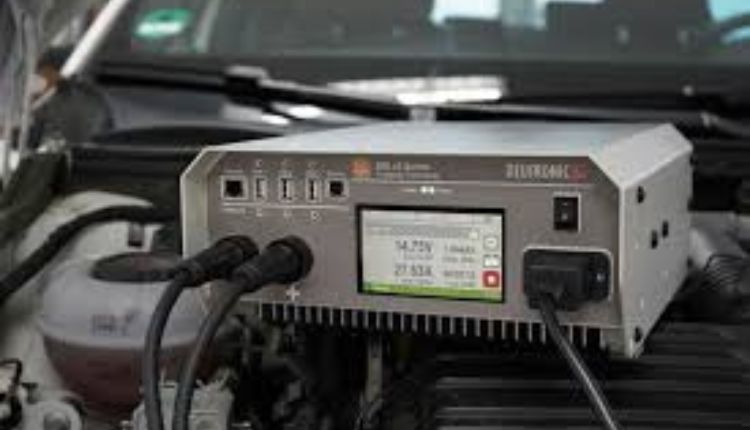Stop lugging around multiple chargers with this highly intelligent, multi-voltage battery charger. It can charge a lead acid, lithium, or AGM battery at the same time. It is designed for industries that use different voltage batteries fitted into their electronic devices and machines. It provides a perfect balance of current and virtually zero ripples.
Battery Type
A multi-voltage battery charger can work with a variety of different voltages. This makes it easier to charge batteries that are located in multiple locations. For example, a forklift might need to be charged in several warehouses or factories. A multi-voltage charger can help to ensure that the forklift can be charged no matter where it is in the facility.
A battery’s capacity depends on the number and size of its plates. This determines its ability to store and deliver energy. The capacity is also determined by the density of the electrolyte. A higher density means that a battery can hold more electrolyte.
A Multivoltage battery charger can be used to recharge all types of batteries. However, some battery types are sensitive to certain charging methods. For example, some lithium-ion batteries cannot be trickle charged. Trickle charging can damage these batteries by increasing the internal temperature of the battery and causing water loss. A multi-voltage battery charger can avoid this by adjusting its current and voltage to the proper levels for each type of battery.
Battery Capacity
A digitally programmed heavy-duty universal battery charger designed to charge the various voltage batteries fitted into electronic devices or machines. Featuring intelligent power management and temperature compensation, it can handle any lead acid automotive, marine, or deep-cycle battery (flooded, gel, AGM, maintenance free), as well as lithium batteries.
Designed around the needs of battery specialists, fleet operators, warehouses and reclaimers. It can be used to maintain groups of batteries and also bust loose stubborn sulfation with its slow 12-24 hour charge. It is safe with reverse polarity protection and an isolated all copper transformer.
This smart charger automatically switches to float mode once the battery is fully charged, optimizing your cordless tool batteries for maximum performance. It can also charge a combination of 36V or 12V Lithium Ion battery packs in the same time. Featuring simple battery queuing that can identify the best available battery to use and automatically switch to it. It is also equipped with an all-new force mode that enables users to manually begin charging dead batteries down to 1-volt.
Battery Voltage
Different batteries require different amounts of pressure (voltage) pushing electrons across them to power devices. The higher the battery voltage, the more electrons it can deliver in one hour. The battery voltage is influenced by its internal resistance. A low internal resistance produces a low fluctuation of the battery voltage under load and charge, while a high resistance causes it to swing excessively.
The battery charger measures the battery voltage at its output terminals minus the voltage loss over the cables. If a lot of voltage is lost over the cables, the battery charger might switch to absorption phase too early. In this case the battery will not become fully charged in a reasonable amount of time. It is therefore better to install multiple battery chargers with the same charge capacity in parallel. This way, the chargers will distribute the charge current evenly and in a controlled manner. This prevents one charger from overcharging the battery.
Battery Current
Multivoltage battery chargers can provide varying currents. Chargers rated up to two amperes can be used to maintain or recharge small batteries on garden equipment and other appliances. Car service stations and garages typically keep large chargers rated up to ten or fifteen amperes to maintain or recharge automotive battery power. A common method to estimate the discharge capacity of a battery is to use the Peukert curve and divide the discharge current by the discharge duration. This gives the capacity in ampere hours (Ah).
Smart battery chargers can monitor several different parameters, including voltage, temperature and charge time. They can then adjust the voltage to optimize charging and detect if the battery is full or overheating. Some also can detect if a battery is connected in reverse polarity or incompatible with the charger and alert operators to potential issues.
Conclusion
Multivoltage battery charger is a digitally programmed heavy-duty universal battery charger designed to charge batteries fitted in electronic devices, machines and operators. It has a low ripple current which increases the longevity and capacity of the battery. Equalization mode brings the charger’s voltage above typical peak charging voltage and holds it for a short period of time to remove sulphation and stratification in wet batteries. This is also called controlled over charge.

